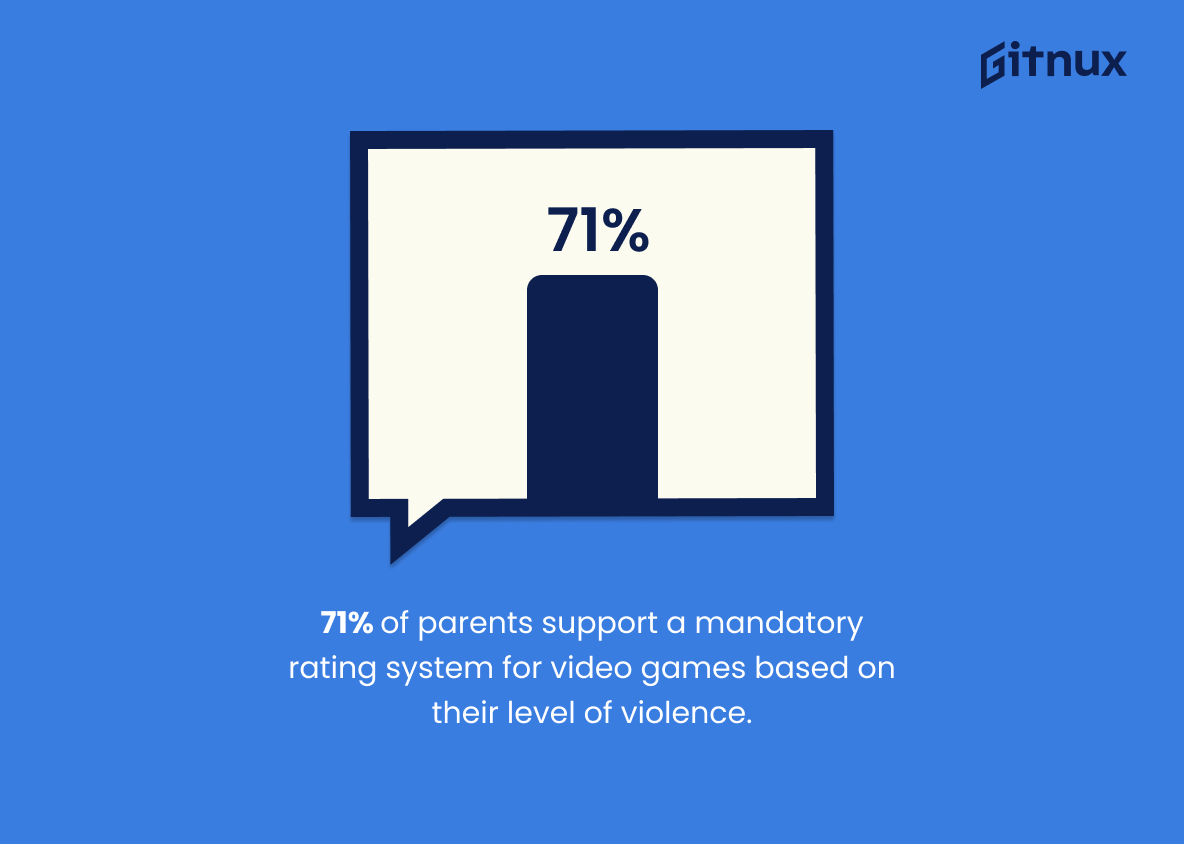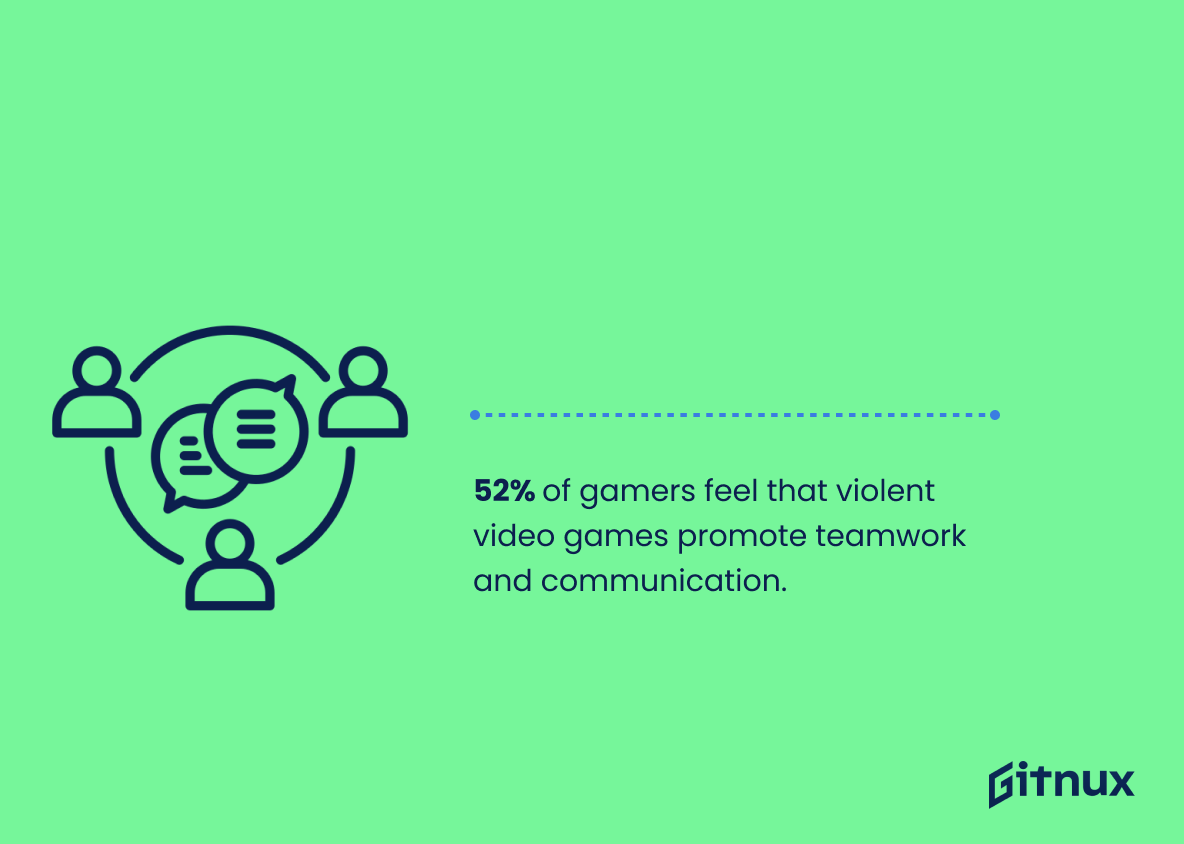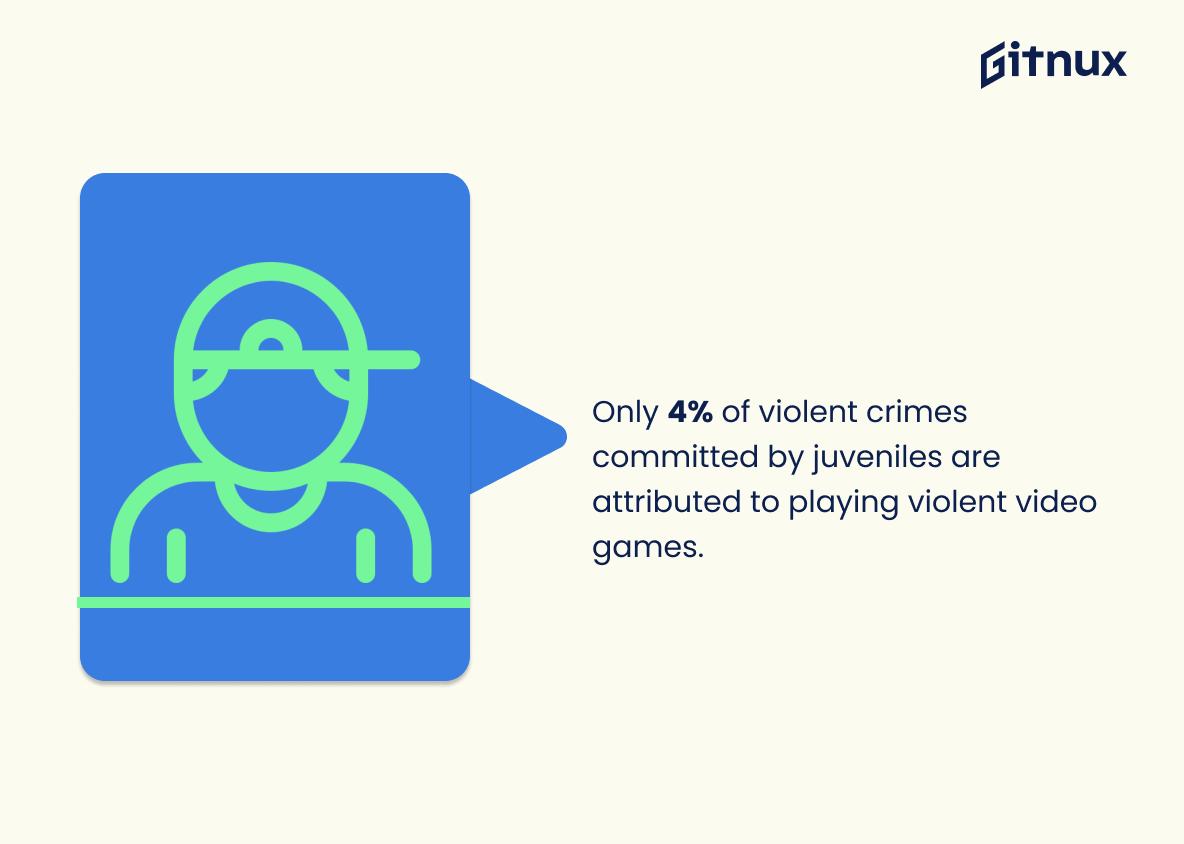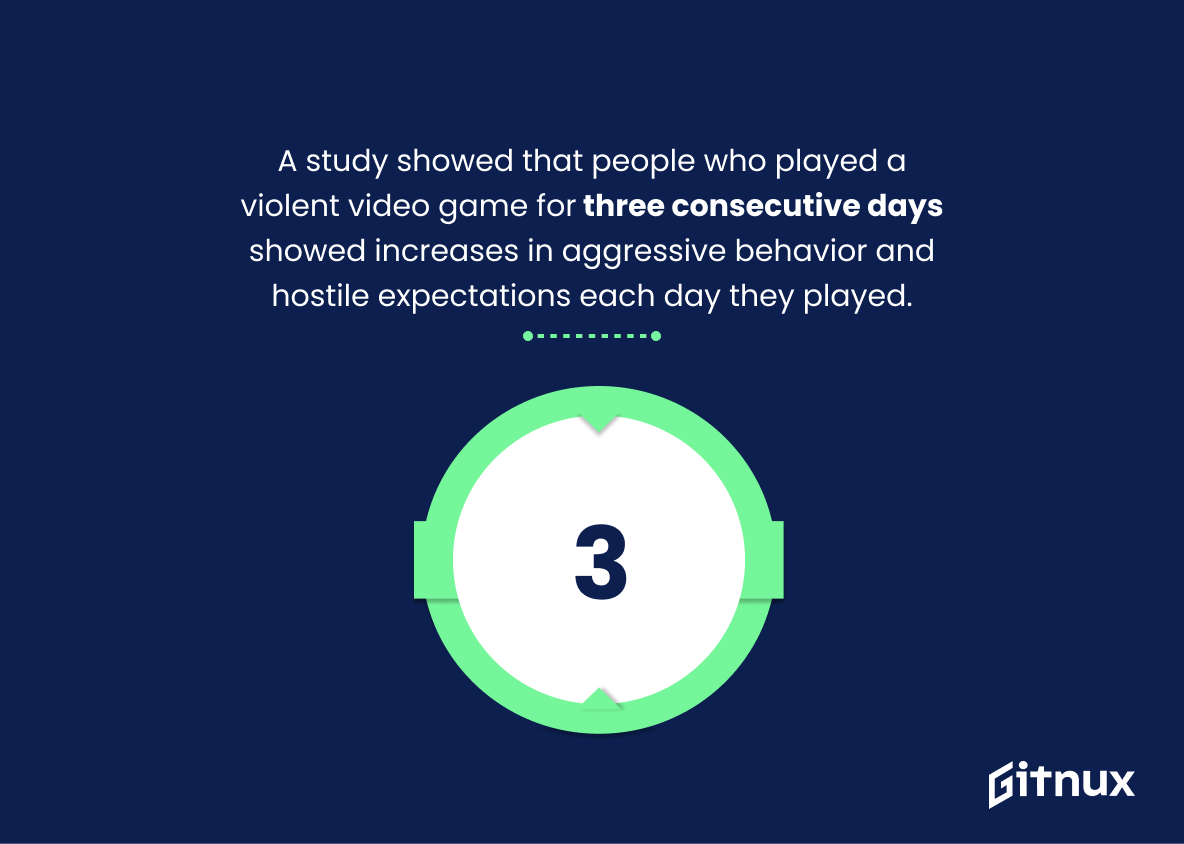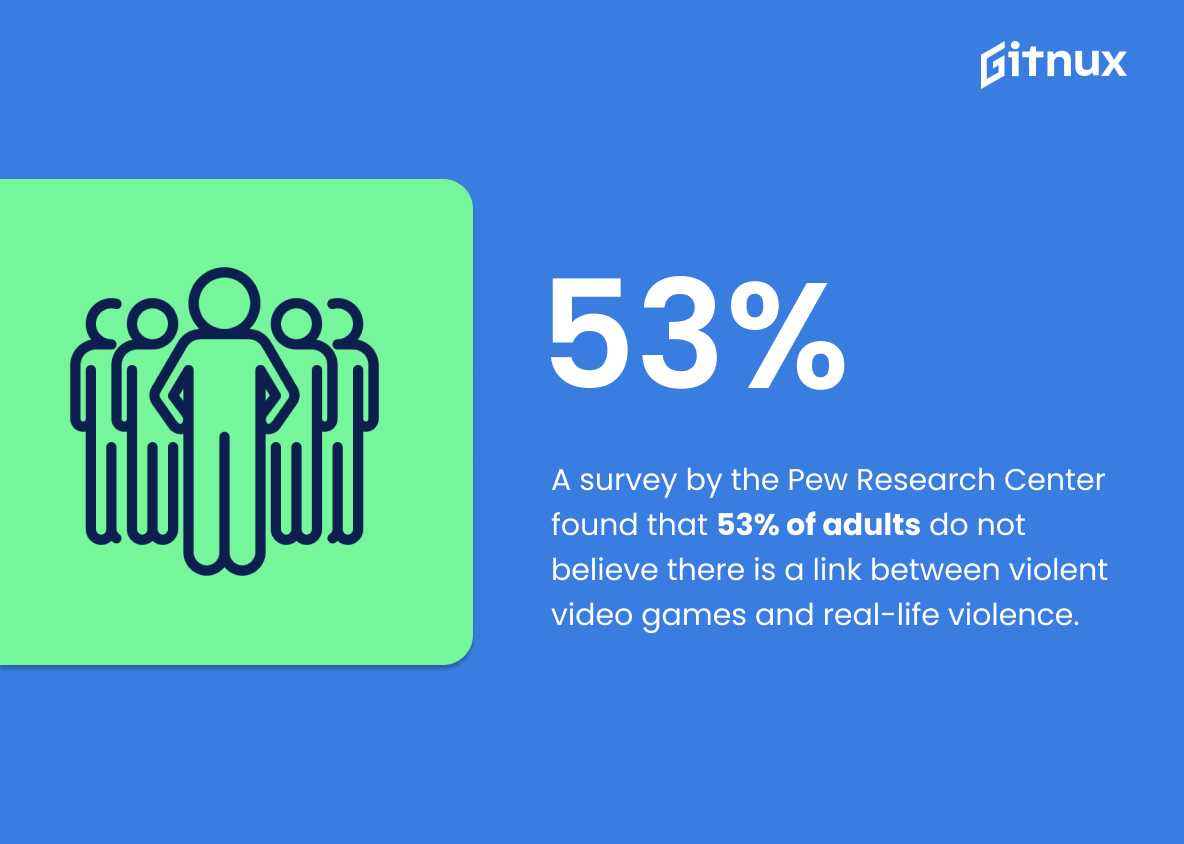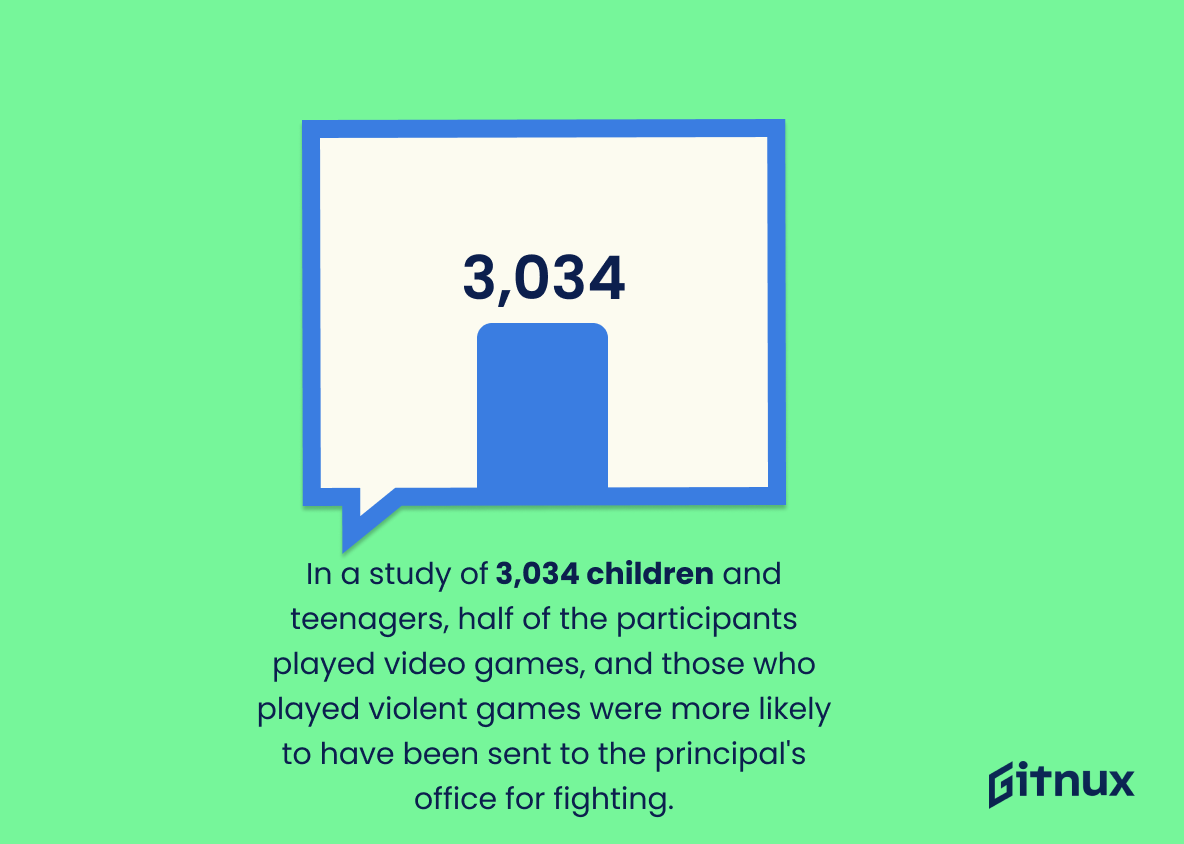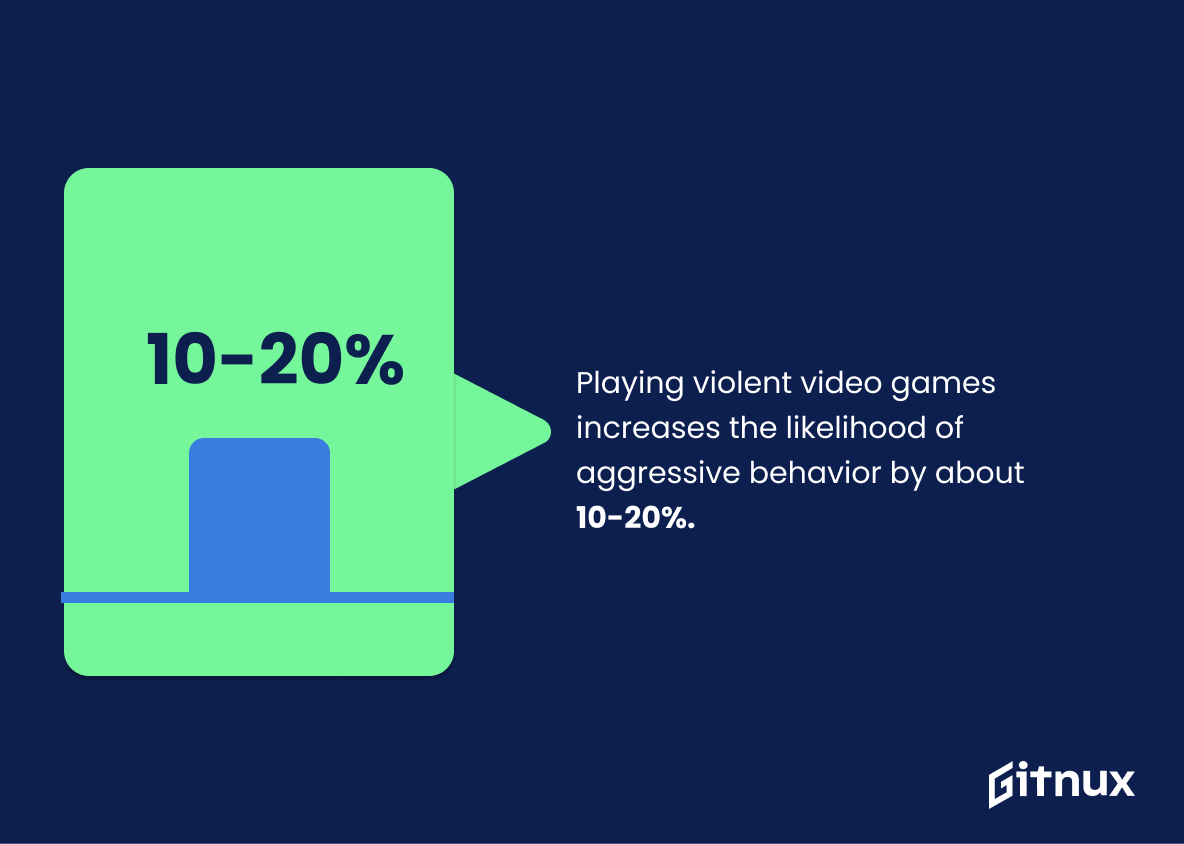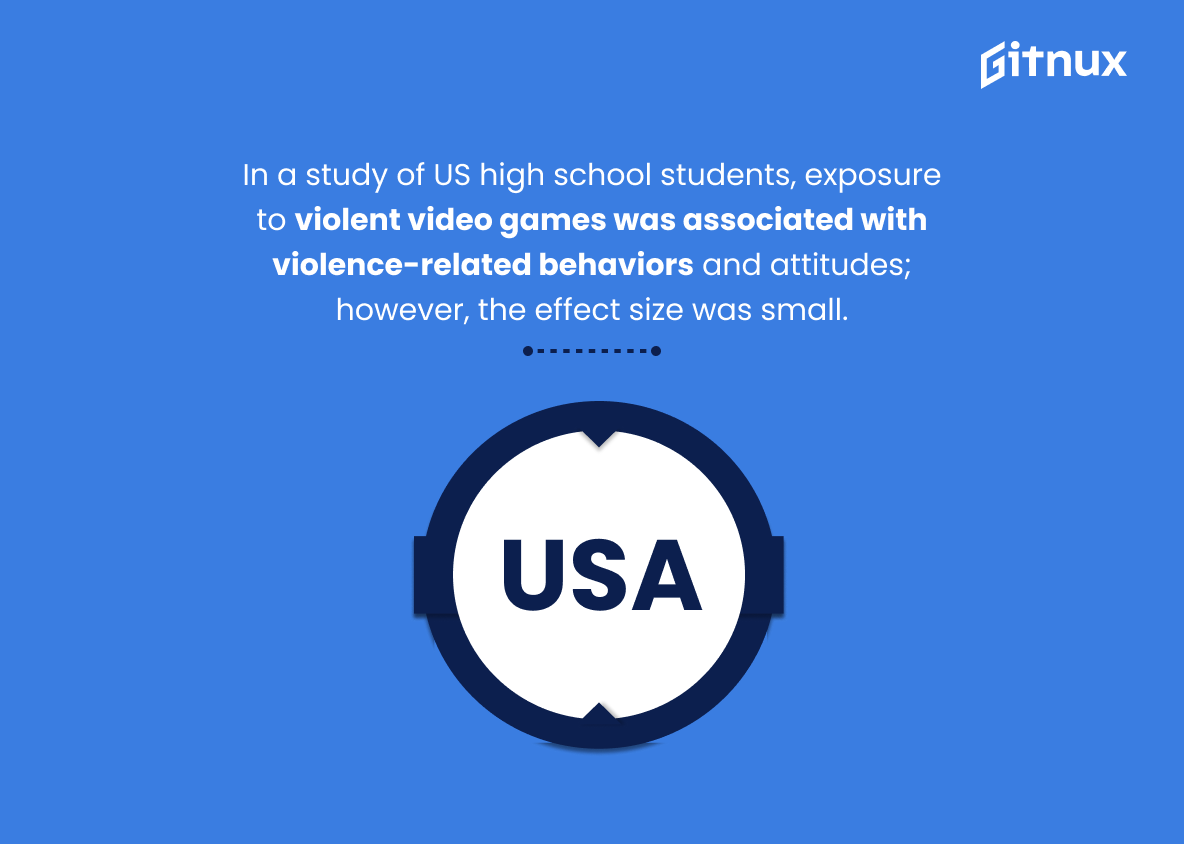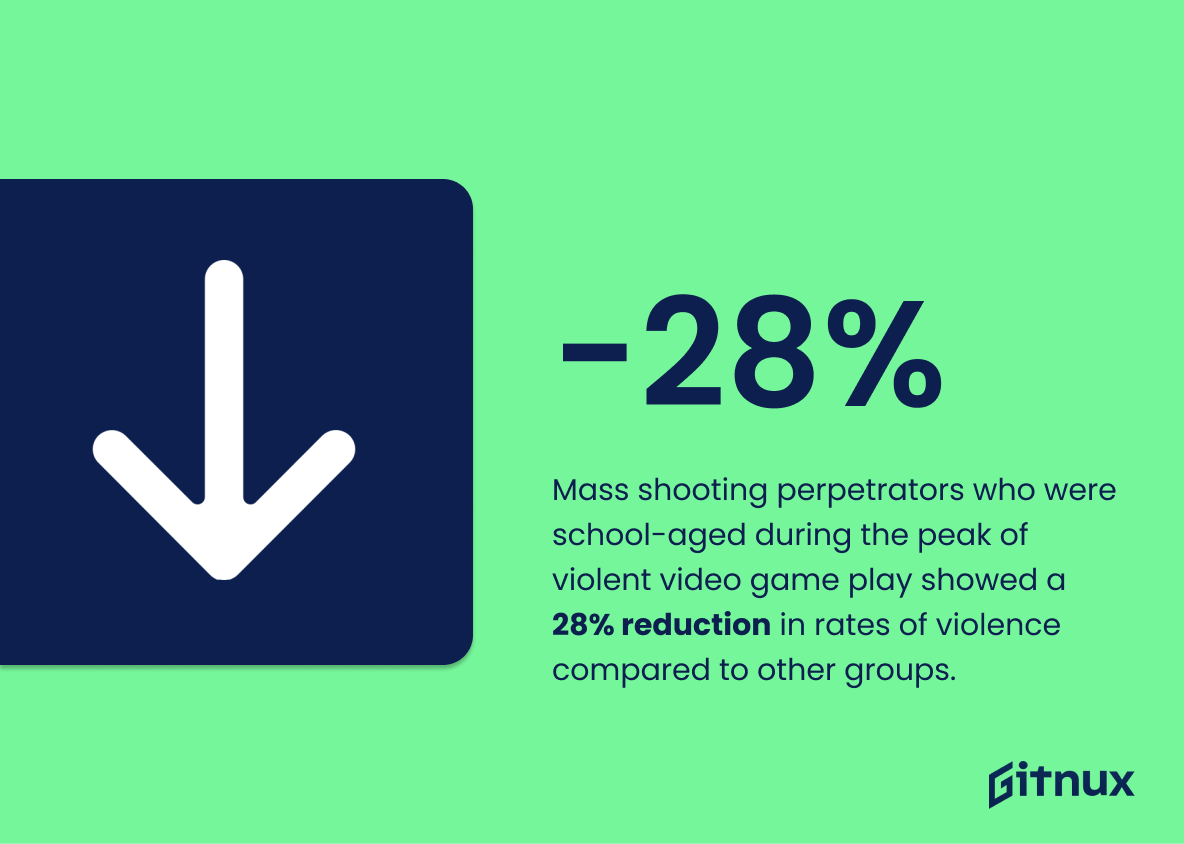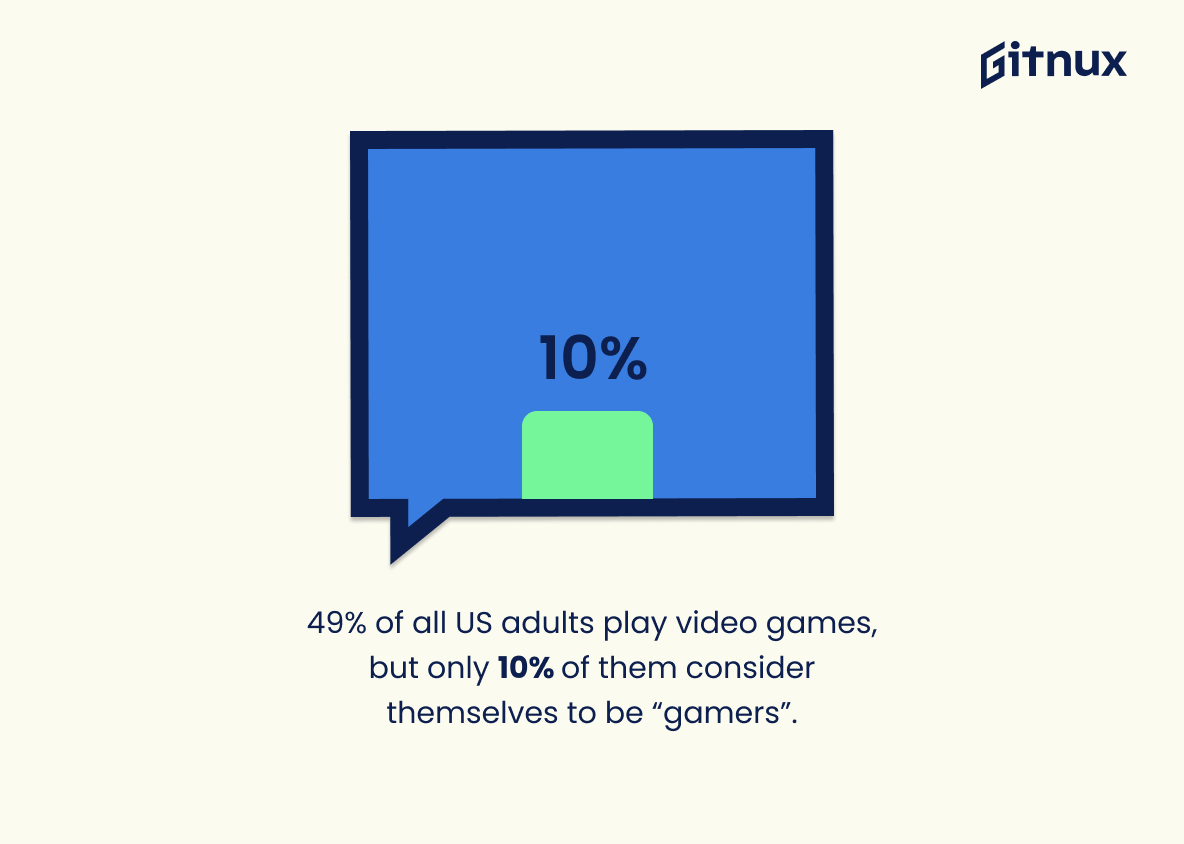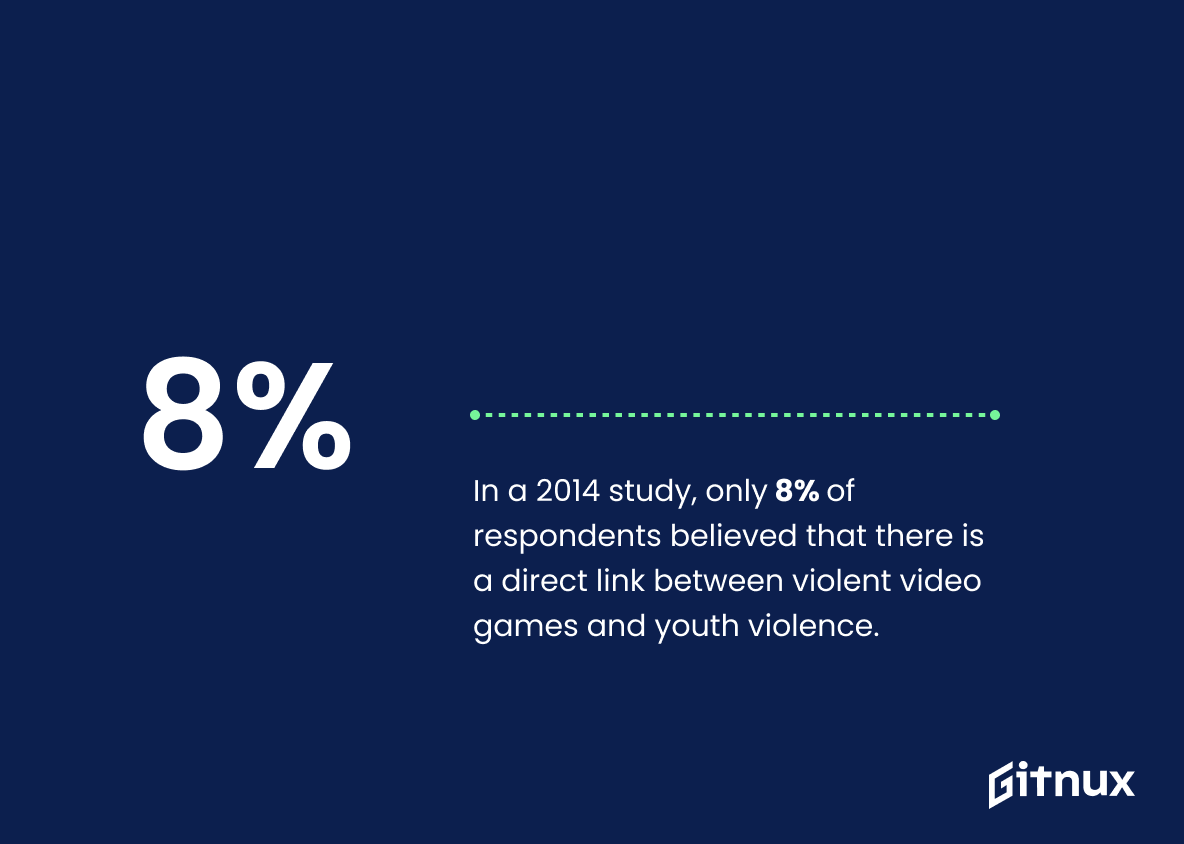The effects of violent video games on children and teens have been hotly debated. Some link them to aggression, while others see them as harmless fun. Diving into statistics: 90% of pediatricians and 67% of parents perceive a connection between these games and aggressive behavior. A significant 80% of the top games feature violence, and their sales soared by 204% between 2005 and 2020. Parental concern is high with 71% endorsing a mandatory violence rating system.
A staggering 89% of best-sellers involve violence, half containing severe aggression. However, 52% of gamers believe these games boost teamwork and communication. Juvenile crime linked to these games is low at 4%. Consistent game exposure over three days escalated aggression and hostile expectations. In contrast, a Pew Research survey found 53% of adults don’t see a correlation between violent games and real-life violence.
Studies showed decreased empathy and moral engagement in gamers and a 10-20% likelihood of aggressive behavior. US gamers reported only 15% played violent games and fewer confessed to aggression triggered by gaming. Among 3,034 child participants, those engaging in violent games showed a greater tendency for disruptive behaviors. A study revealed frequent gaming among 8-12 year-olds increased issues with attention and aggression. A high school survey associated exposure to violence in videos with related behaviors, though effects were small.
Nearly 97% of teens engage with games, 85% of which involve violence. Interestingly, mass shooting rates among school-aged players were 28% lower compared to other groups. Among 813 college students, there was a connection between exposure to violent gaming, hostility, and delinquency. Nearly half of US adults game, but only 10% identify as “gamers”. A 2014 study found 8% of respondents saw a direct link to youth violence.
Let’s delve deeper into the key statistics about the impact of violent video games.
Violent Video Games Statistics Overview
Violent video game sales have increased by more than 204% from 2005 to 2020.
This statistic is a powerful indicator of the growing popularity of violent video games. It shows that despite the controversy surrounding them, more and more people are choosing to purchase these games. This statistic is a testament to the fact that violent video games are here to stay and are becoming increasingly popular.
71% of parents support a mandatory rating system for video games based on their level of violence.
This statistic is significant in the context of a blog post about Violent Video Games Statistics because it demonstrates the widespread opinion that parents believe a rating system should be in place to help protect children from the potential dangers of playing violent video games. It shows that the majority of parents are in favor of such a system, which could be used to inform parents of the content of the games their children are playing and help them make informed decisions about what is appropriate for their children.
52% of gamers feel that violent video games promote teamwork and communication.
This statistic is significant in the context of a blog post about Violent Video Games Statistics because it provides insight into how gamers perceive the effects of playing violent video games. It suggests that, despite the negative connotations associated with violent video games, many gamers believe that these games can actually promote teamwork and communication. This statistic can be used to further explore the potential benefits of playing violent video games, and to challenge the notion that these games are only detrimental to players.
Only 4% of violent crimes committed by juveniles are attributed to playing violent video games.
This statistic is significant in the context of a blog post about Violent Video Games Statistics because it serves as a reminder that the majority of violent crimes committed by juveniles are not attributed to playing violent video games. It highlights the fact that there are other factors at play when it comes to juvenile delinquency and that violent video games are not the sole cause of violent behavior.
A study showed that people who played a violent video game for three consecutive days showed increases in aggressive behavior and hostile expectations each day they played.
This statistic is a powerful reminder of the potential consequences of playing violent video games. It demonstrates that the effects of playing such games can be cumulative, with the aggression and hostility of players increasing with each day of play. This is an important point to consider when discussing the impact of violent video games on society.
A survey by the Pew Research Center found that 53% of adults do not believe there is a link between violent video games and real-life violence.
This statistic is significant in the context of a blog post about Violent Video Games Statistics because it provides insight into the public’s opinion on the matter. It shows that the majority of adults do not believe there is a link between violent video games and real-life violence, which could be used to support or refute arguments made in the blog post.
In a study of 3,034 children and teenagers, half of the participants played video games, and those who played violent games were more likely to have been sent to the principal’s office for fighting.
This statistic is a powerful indicator of the potential effects of violent video games on children and teenagers. It suggests that those who play violent video games may be more likely to engage in physical altercations, which could have serious implications for their safety and well-being. This data point is an important piece of evidence to consider when discussing the potential risks of violent video games.
In a study consisting of 224 participants, subjects who played violent video games showed decreased prosocial behavior, empathy, and moral engagement.
This statistic is a powerful indicator of the potential effects of violent video games on players. It suggests that playing these games can lead to a decrease in prosocial behavior, empathy, and moral engagement, which could have a significant impact on the way people interact with each other. This is an important point to consider when discussing the potential risks of playing violent video games, and it should be included in any blog post about Violent Video Games Statistics.
Playing violent video games increases the likelihood of aggressive behavior by about 10-20%.
This statistic is a powerful indicator of the potential impact of violent video games on behavior. It suggests that playing these games can have a significant effect on how people act, and that the effects can be long-lasting. This is an important point to consider when discussing the potential risks associated with playing violent video games, and it should be taken into account when making decisions about whether or not to allow children to play them.
In a study of US high school students, exposure to violent video games was associated with violence-related behaviors and attitudes; however, the effect size was small.
This statistic is important in the context of a blog post about Violent Video Games Statistics because it provides evidence that there is a correlation between exposure to violent video games and violence-related behaviors and attitudes, even if the effect size is small. This information is essential in understanding the potential impact of violent video games on individuals and society.
Mass shooting perpetrators who were school-aged during the peak of violent video game play showed a 28% reduction in rates of violence compared to other groups.
This statistic is significant in the context of a blog post about Violent Video Games Statistics because it demonstrates that there is a correlation between the amount of violent video game play and the reduction of violence among school-aged perpetrators. This suggests that violent video games may have a positive effect on reducing violence, which could be beneficial for society as a whole.
49% of all US adults play video games, but only 10% of them consider themselves to be “gamers”.
This statistic is significant in the context of a blog post about Violent Video Games Statistics because it highlights the discrepancy between the number of people who play video games and the number of people who identify as gamers. This discrepancy could be due to the stigma associated with gaming, which could be further explored in the blog post.
In a 2014 study, only 8% of respondents believed that there is a direct link between violent video games and youth violence.
This statistic is significant in the context of a blog post about Violent Video Games Statistics because it demonstrates that the majority of people do not believe that there is a direct link between violent video games and youth violence. This suggests that the public is not convinced that violent video games are the sole cause of youth violence, and that other factors may be at play.
Conclusion
The statistics presented in this blog post demonstrate that there is a wide range of opinions and research on the effects of violent video games. While some studies have found links between playing these types of games and aggressive behavior, others suggest that such connections are not as strong or consistent.
Additionally, many gamers feel that violent video games can promote teamwork and communication skills. Ultimately, it appears that more research needs to be done before any definitive conclusions can be drawn about the impact of violent video game play on individuals’ behaviors.
References
0. – https://www.theguardian.com
1. – https://www.reason.com
2. – https://www.pewresearch.org
3. – https://www.frontiersin.org
4. – https://www.marketwatch.com
5. – https://www.commonsensemedia.org
6. – https://www.variety.com
7. – https://www.gamasutra.com
8. – https://www.pubmed.ncbi.nlm.nih.gov
9. – https://www.bbc.com
10. – https://www.eurekalert.org
11. – https://www.gfk.com
12. – https://www.apa.org
13. – https://www.statista.com
14. – https://www.healthline.com

